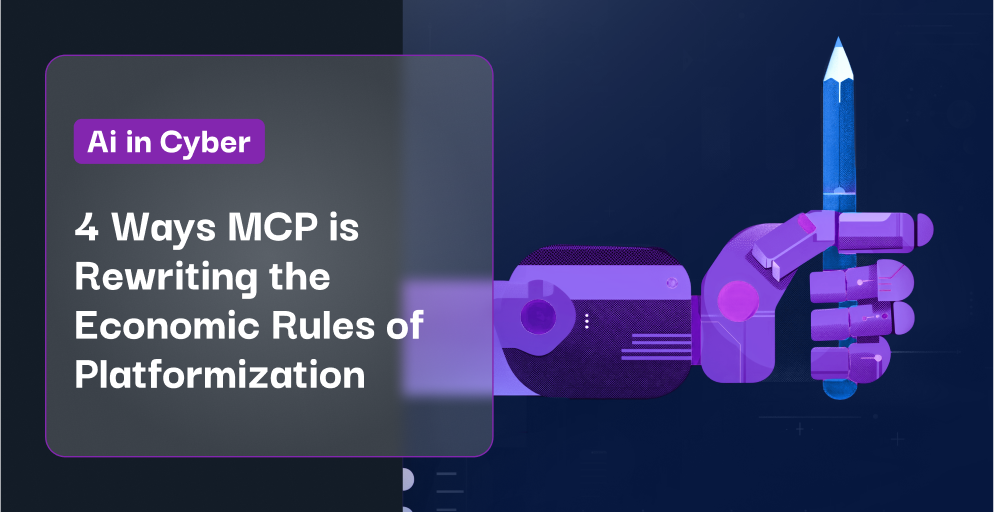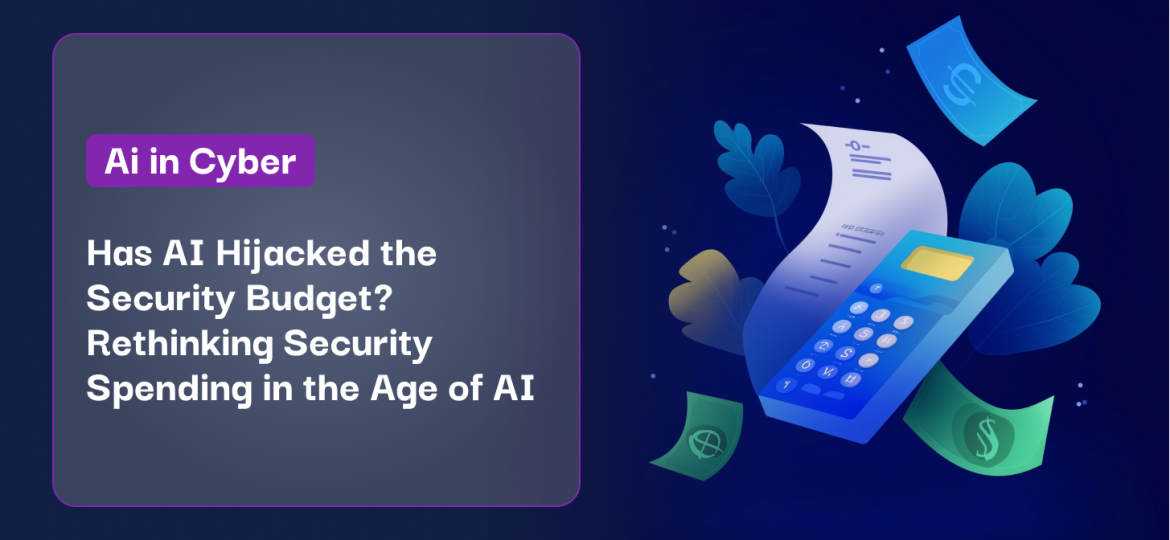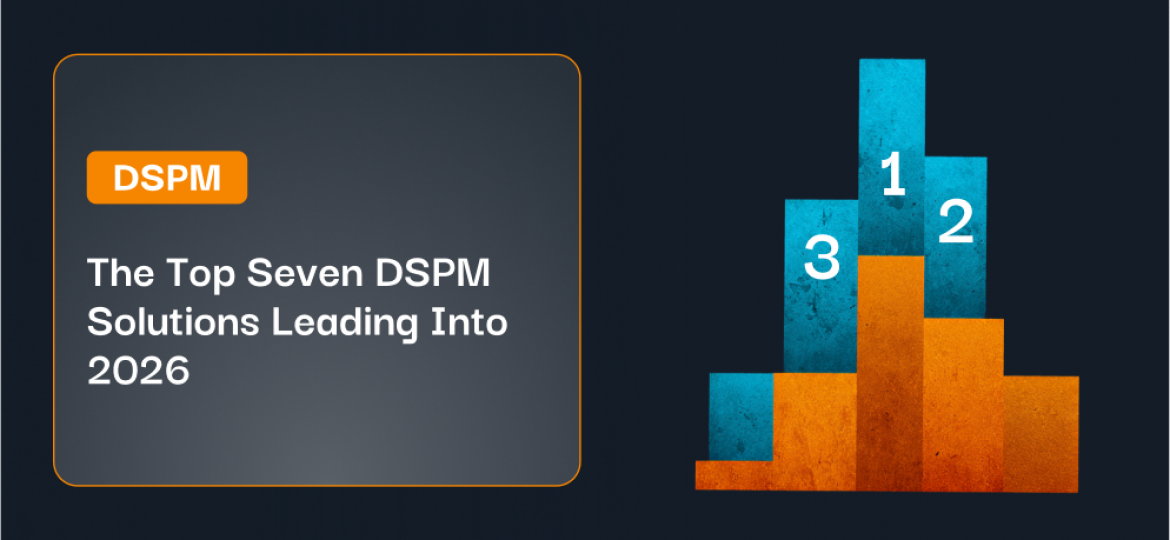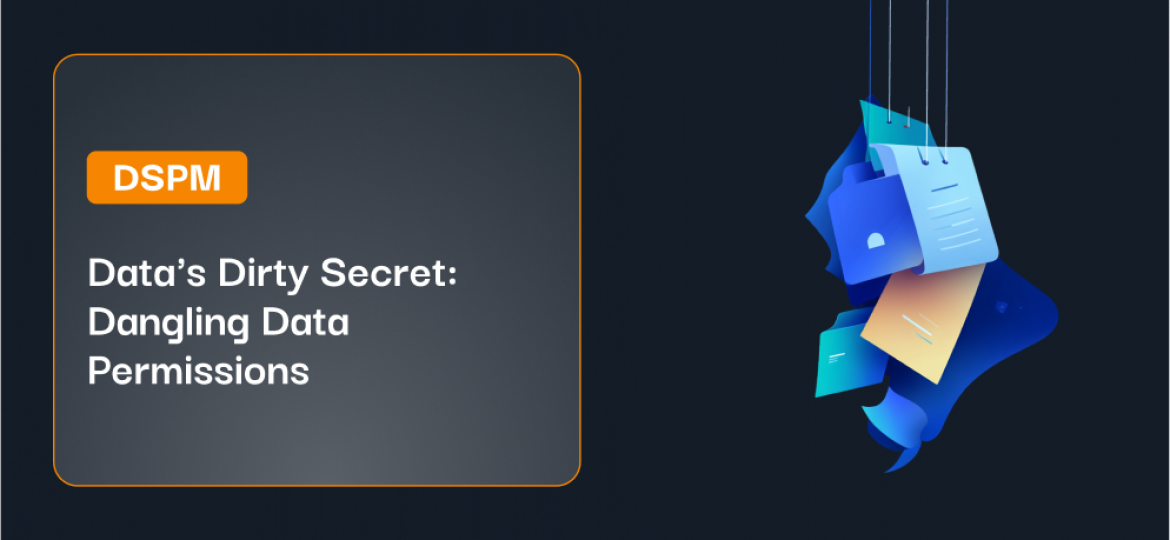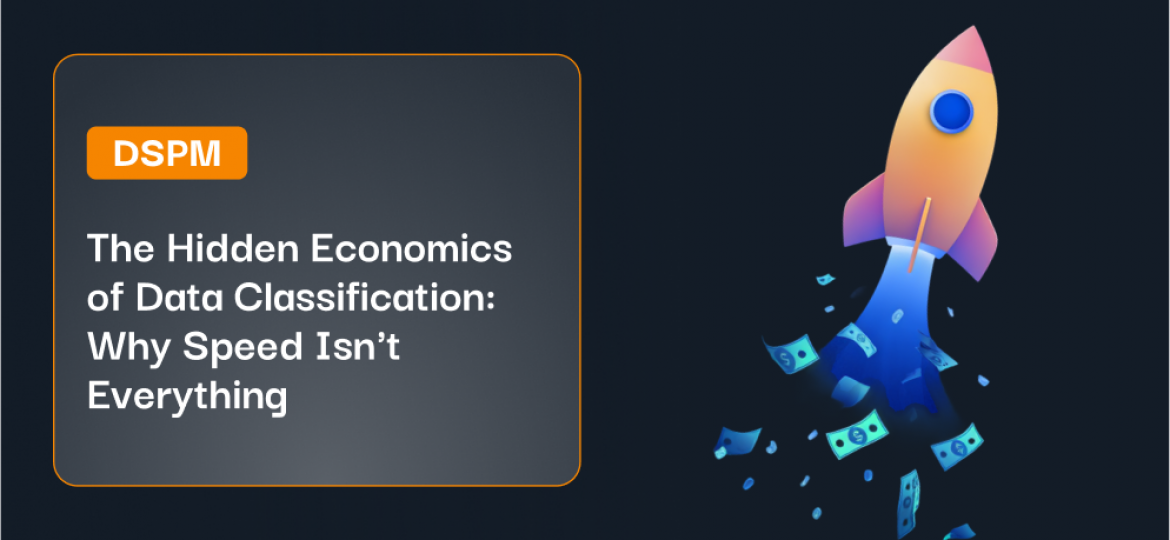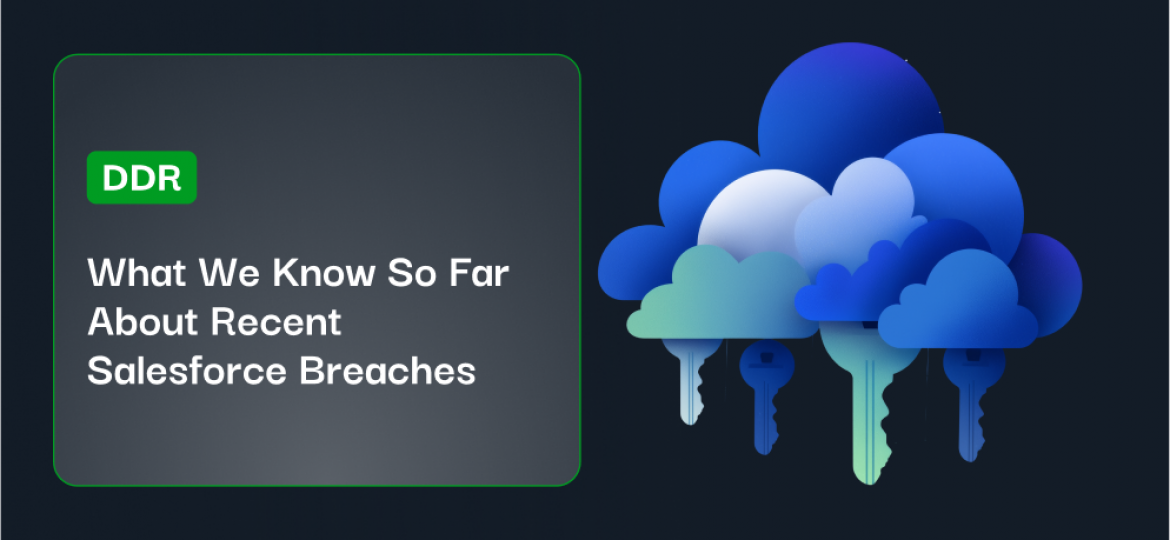Security platform vendors have built billion-dollar businesses on a simple premise: the combination of integration complexity and platform discounts creates vendor lock-in, and vendor lock-in generates predictable revenue. Companies like CrowdStrike, Palo Alto Networks, and SentinelOne didn’t just sell security tools—they sold escape from managing dozens of disparate point solutions and commercial overheads. Organizations juggled an average of 83 different security solutions from 29 vendors, making platform consolidation not just appealing but economically necessary.
This model worked because integration was genuinely hard – even for the platform vendors. The vendors that appeared to solve this complexity commanded premium pricing and market dominance. Switching costs were so prohibitive that customers often stayed with suboptimal platforms rather than face months of migration hell.
Then, in November 2024, Anthropic introduced the Model Context Protocol (MCP)—an open standard enabling any AI tool to connect to any data source through standardized interfaces. Within months, over 5,000 active MCP servers emerged, and OpenAI adopted the MCP standard. What looked like a developer tool was actually an economic weapon that could render billions in platform integration investments obsolete.
But MCP may not just end up commoditizing integrations—it could even rewrite who makes buying decisions. Agentic AI systems mean autonomous agents, not human executives, increasingly choose security tools based on performance and compatibility. These agents don’t care about vendor relationships or switching costs. They optimize ruthlessly for outcomes, just like Symmetry Systems.
Here are the five fundamental ways MCP is rewriting the economic rules of platformization—and what security leaders must do about it.
1. Integration Advantage Becomes Commodity Overnight
The Model Context Protocol (MCP) changes the calculus behind integration vs platformization overnight. This open standard enables any security tool to connect to any data source through standardized interfaces. Suddenly, the competitive advantage shifts from “we integrate with everything” to “we deliver the best security outcomes.”
With over 5,000 active MCP servers as of May 2025 and major players like OpenAI adopting the standard, the integration premium that justified platform consolidation strategies evaporates. The economic value of proprietary connectors—often representing millions in R&D investment—becomes worthless when standardized alternatives emerge.
2. Security Strategy Shifts to Data Centric, Identity First, and MCP Enabled.
Beyond platform strategy implications, MCP and agentic AI are fundamentally redefining what organizations need to secure. Traditional security models built around protecting applications, endpoints, and network perimeters are becoming inadequate for an agentic world.
MCPs are the New Applications: Where security teams once focused on hardening web applications and desktop software, they now must secure hundreds or thousands of MCP servers. Each MCP server represents a potential attack vector with unique authentication mechanisms, data access patterns, and integration points. Unlike traditional applications with defined user interfaces and access controls, MCPs operate autonomously with AI agents, making conventional application security approaches insufficient.
Data is the New Endpoint: In traditional security models, endpoints were devices—laptops, servers, mobile phones. In an MCP-enabled environment, every data source becomes an endpoint that agents can directly access. Customer databases, document repositories, API endpoints, and cloud storage buckets all become “endpoints” in the security model. This shift requires fundamentally rethinking data protection strategies beyond traditional database security and file system permissions.
Identity is the New Perimeter: With agentic AI systems operating across distributed MCP servers and accessing data sources directly, the concept of a network perimeter dissolves entirely. Identity becomes the only reliable boundary—but not only applicable to human identity. Organizations must now manage and secure the identities of AI agents, their authentication to MCP servers, the permissions they inherit, and the data they can access on behalf of users.
3. Agents Demand Interoperability
Traditional platform strategies rely on vendor lock-in to maximize customer lifetime value. Organizations invest heavily in training, customization, and integration, making switching costs prohibitive. This economic model depends on customers accepting reduced flexibility in exchange for unified experiences.
Agentic AI systems fundamentally reject this trade-off. AI agents optimize for outcomes and will seamlessly switch between tools to achieve objectives. They don’t suffer from switching costs, training requirements, or organizational inertia that traditionally trapped human users within platform ecosystems.
Platforms that attempt to maintain walled gardens risk being bypassed entirely. When an AI agent can accomplish the same task through three different tools connected via MCP, it will choose based on performance, cost, and availability rather than strategic vendor relationships.
This shift forces platforms to compete on continuous value delivery rather than switching cost barriers. The economic model pivots from maximizing lock-in to maximizing continuous utility and performance optimization.
The Agentic Disruption: When AI Agents Choose Your Platform
The rise of agentic AI systems can also fundamentally change who makes buying decisions in the future. 2025 is set to be the birth year of multi-agent systems, where autonomous AI agents collaborate on complex security tasks. Unlike traditional enterprise sales cycles focused on convincing human decision-makers, platforms must now optimize for AI agent preferences.
These agents don’t respond to sales presentations or relationship building. They evaluate tools based on API quality, response times, cost efficiency, and outcome delivery. This shift transforms customer acquisition from relationship-driven sales processes to performance-driven algorithmic selection.
Security platforms must now invest in agent-friendly interfaces, comprehensive API documentation, and programmatic trial mechanisms rather than traditional sales and marketing infrastructure. The vendors that master agent preferences first will capture disproportionate market share as buying decisions automate.
4. Data Custody Becomes the New Competitive Moat
As integration advantages disappear and agents demand interoperability, data custody and control emerge as the primary differentiation mechanism. Organizations dealing with sensitive data face a fundamental choice: trust third-party platforms with their most valuable assets or maintain control through in-environment deployments.
The MCP era makes this choice more critical. When AI agents access data programmatically across multiple systems, traditional data loss prevention becomes inadequate. Organizations need real-time visibility into agent behaviors, data access patterns, and potential policy violations—all within their controlled environment.
This creates significant economic advantages for vendors offering “customer-native” or “in-your-cloud” deployment models. These approaches ensure:
- Complete Data Custody: Sensitive data never leaves trusted infrastructure, remaining governed by established security policies and controls.
- Reduced Compliance Risk: For highly regulated industries, in-environment deployments eliminate the compliance complexities of external data sharing.
- Agent Behavior Monitoring: Real-time visibility into AI agent operations without exposing sensitive data to third-party platforms.
- Cost Optimization: Elimination of cloud egress fees that can quickly escalate for data-intensive agentic workloads.
Vendors that master customer-native deployment while maintaining SaaS-like operational simplicity will provide better value and capture customer loyalty in an otherwise commoditized integration landscape.
Strategic Implications for CISO’s.
These four economic shifts demand immediate action from security leaders. While vendors navigate their strategic options—embracing standards, extending cautiously, resisting change, or specializing for excellence—CISOs must prepare their organizations for an agent-driven security landscape.
- Prepare for New Attack Surfaces: MCPs become applications, data becomes endpoints, and identity becomes your perimeter. Update your security frameworks to account for MCP servers as critical infrastructure, data sources as exposed attack vectors, and agent identities as primary access control mechanisms.
- Prioritize Data Custody and Control: As the team here at Symmetry Systems continually notes, CISOs should focus on maximizing value from security tool investments by understanding overlaps, gaps, and opportunities across security capabilities. In the MCP era, this means evaluating solutions that maintain data custody within your environment while delivering immediate security outcomes rather than theoretical future capabilities.
- Audit Your Platform Dependencies: Evaluate current security investments through an MCP lens. Which platforms rely heavily on proprietary integrations for their value proposition? Which vendors have clear roadmaps for agentic AI compatibility? The platforms that adapt fastest to open standards will deliver better long-term value.
- Plan for Agent Identity Management: Traditional IAM systems designed for human users will struggle with autonomous agents that operate continuously across multiple systems. Start developing governance frameworks for agent authentication, permission management, and behavioral monitoring before agentic operations scale in your environment.
- Demand Vendor Transparency: Ask hard questions about MCP support, agentic AI compatibility, and customer-native deployment options. Vendors that cannot articulate clear strategies for agent-operated environments may struggle to deliver value as the market evolves.
The economic rules have changed, and security leaders who adapt fastest to agent-driven markets, open standards, and customer-controlled deployments will build more resilient and effective security programs. The transformation is happening now—the question is whether your organization will lead or follow.

